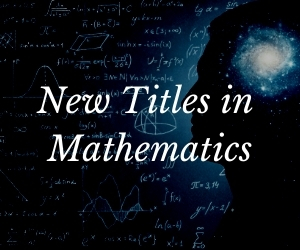System Upgrade on Tue, May 28th, 2024 at 2am (EDT)
Existing users will be able to log into the site and access content. However, E-commerce and registration of new users may not be available for up to 12 hours.For online purchase, please visit us again. Contact us at customercare@wspc.com for any enquiries.
This book provides a self-contained and accessible introduction to linear and multilinear algebra. Besides the standard techniques for linear and multilinear algebra many advanced topics are included. Emphasis is placed on the Kronecker product and tensor product. The Kronecker product has widespread applications in signal processing, discrete wavelets, statistical physics, computer graphics, fractals, quantum mechanics and quantum computing. All these fields are covered in detail. A key feature of the book is the many detailed worked-out examples. Computer algebra applications are also given. Each chapter includes useful exercises. The book is well suited for pure and applied mathematicians as well as theoretical physicists and engineers.
New topics added to the second edition are: braid-like relations, Clebsch–Gordan expansion, nearest Kronecker product, Clifford and Pauli group, universal enveloping algebra, computer algebra and Kronecker product.
Sample Chapter(s)
Chapter 1: Matrix Calculus (344 KB)
Contents:
- Matrix Calculus
- Kronecker Product
- Applications
- Tensor Product
- Computer Algebra Implementations
Readership: Students, engineers, researchers, and scientists in mathematical physics, applied mathematics, algebra & number theory, and numerical analysis.
























